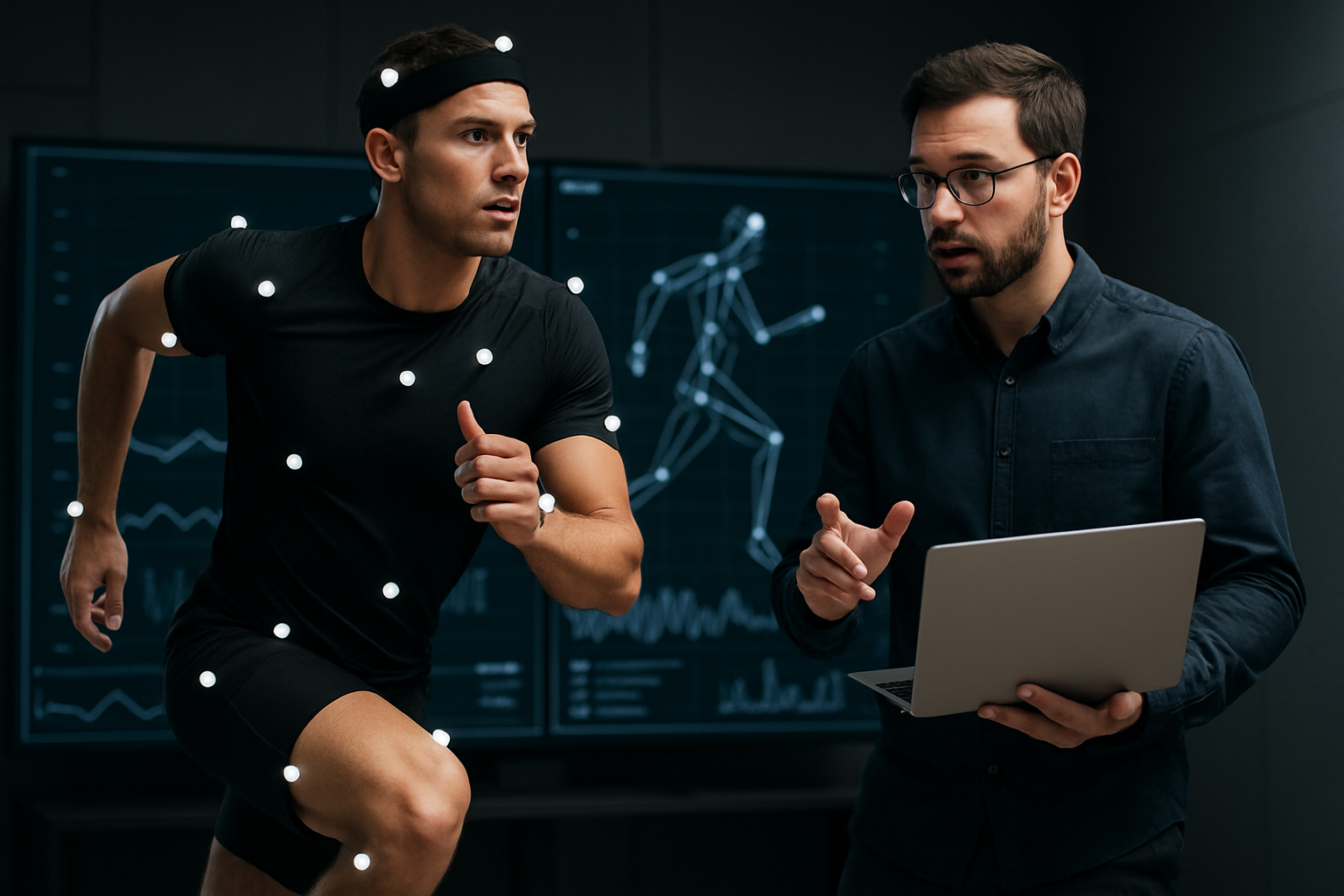From Raw Signals to Actionable Coaching Cues: A Workflow Guide
This guide outlines a practical workflow that converts raw telemetry and sensor signals into coaching cues. It covers how wearables capture biometrics, how analytics refine performance and recovery insights, and how privacy and data governance factor into athlete monitoring.

Data-driven coaching begins with reliable signals captured from athletes and ends with clear, timely cues that shape training and recovery. This article maps a workflow that connects sensors, telemetry, and analytics to coaching decisions. It focuses on practical steps—collection, cleaning, contextualization, analysis, interpretation, and communication—so teams and coaches can use data to support performance while managing injury risk and respecting privacy.
This article is for informational purposes only and should not be considered medical advice. Please consult a qualified healthcare professional for personalized guidance and treatment.
How do sensors and wearables collect athlete data?
Wearables and on-body sensors gather continuous streams of raw signals: accelerometry, heart rate, skin temperature, and inertial measurements. Devices with integrated GPS add positional telemetry and speed traces that are essential for field sports. The quality of collection depends on sensor placement, sampling rate, and device calibration. For reliable downstream analysis, establish standard protocols for how and when athletes wear devices, how often firmware is updated, and how data are synced to a central repository to avoid missing or noisy records.
What does telemetry and GPS reveal about performance?
Telemetry and GPS provide objective metrics about movement patterns, workload, and game-context positioning. Metrics like distance covered, sprint counts, and acceleration load help quantify external load and inform conditioning programs. Combining telemetry with time-stamped event logs lets coaches link specific plays to workload spikes. Properly contextualized telemetry supports targeted training interventions that improve match-specific performance while minimizing unnecessary stress that could predispose athletes to injury.
How do biometrics and monitoring guide training?
Biometrics such as heart rate variability, sleep metrics, and lactate estimates offer insight into internal load and recovery status. Ongoing monitoring reveals trends that single tests might miss: accumulating fatigue, poor recovery, or readiness to perform. Integrating internal and external load measures creates a more complete picture for training periodization. Coaches can adjust intensity, volume, or recovery modalities based on combined signals rather than intuition alone, improving the match between planned training and athlete capacity.
How do analytics translate data into coaching cues?
Analytics turn cleaned, contextualized data into actionable information through algorithms, visualization, and rule-based thresholds. Feature engineering—combining telemetry with biometrics or prior injury history—reveals meaningful patterns. Visualization dashboards surface deviations from baseline, while automated alerts can flag excessive load or sudden declines in performance metrics. The final coaching cue should be simple, measurable, and time-bound (for example: reduce sprint volume by 20% for two sessions). Clear translation ensures coaches can implement changes without wading through raw logs.
How can injury and recovery be inferred from signals?
Patterns in load, altered movement mechanics from inertial sensors, and degraded biometrics often precede or accompany injury. Detecting anomalous asymmetries, reduced accelerations, or persistent elevation in perceived exertion can trigger clinical evaluation. Recovery tracking uses sleep, HRV, and localized sensor metrics to estimate tissue readiness and return-to-play progressions. Importantly, objective signals should complement clinical assessment; data can prioritize who needs attention and when, but not replace professional diagnosis or treatment.
How is athlete data protected and privacy ensured?
Data governance is critical: establish who has access, how long data are retained, and how consent is obtained from each athlete. Anonymization, secure storage, and encrypted telemetry transfers reduce risk. Policies should specify permissible uses—performance analysis versus medical care—and outline procedures for sharing with third parties. Transparent communication about data handling helps preserve trust. Privacy practices must comply with applicable regulations and be revisited as technology or analytics methods evolve.
Converting raw signals into coaching cues requires attention at every step of the workflow: consistent sensor setup and data capture, careful telemetry and biometric monitoring, rigorous analytics, and thoughtful translation into simple coaching actions. When processes are standardized and privacy is managed, data can enhance performance planning, support recovery, and help mitigate injury risk while keeping athlete well-being central to decision-making.





